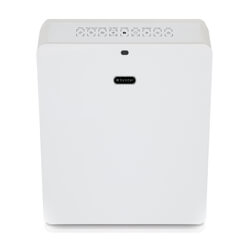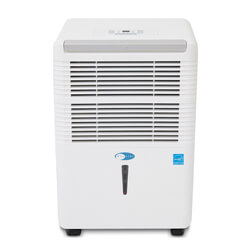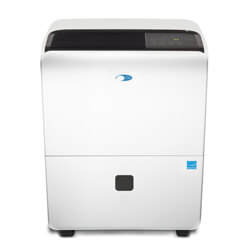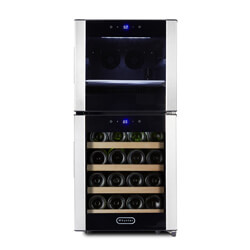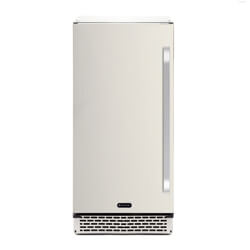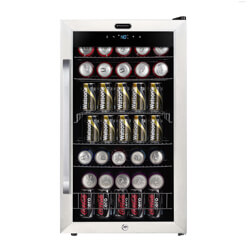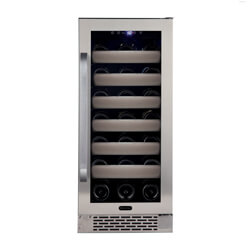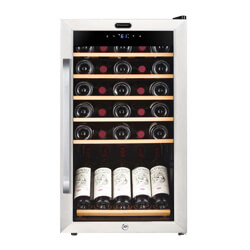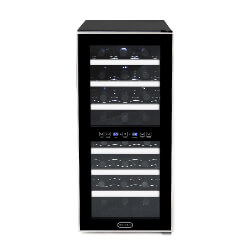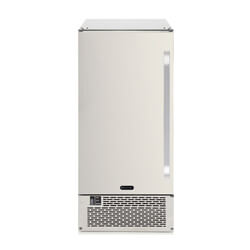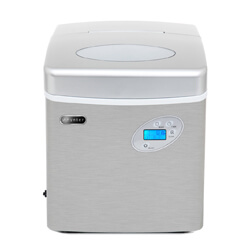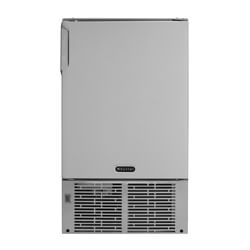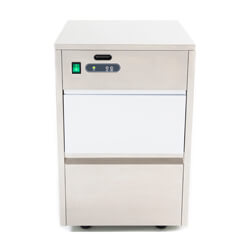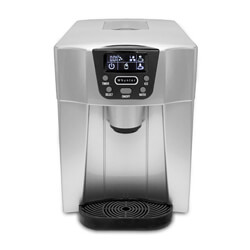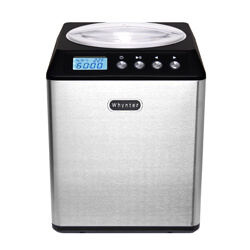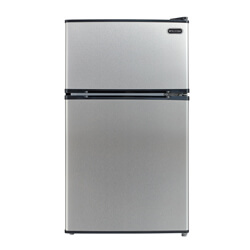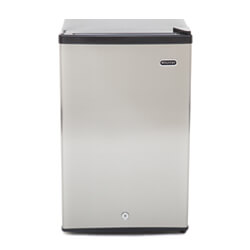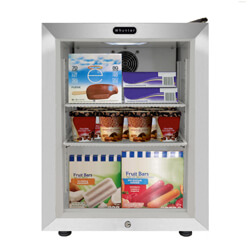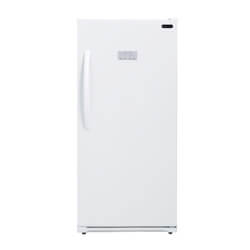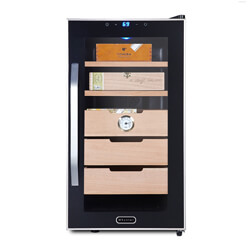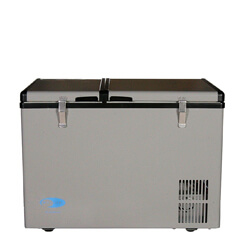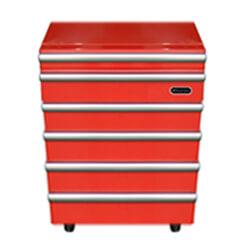When it comes to troubleshooting and care for appliances, Whynter understands the critical need for information and solutions. Whynter’s troubleshooting guide has been designed to cover the majority of errors that may potentially occur. We understand that if you are here, you have likely had an issue with one of our projects and we are sorry for your difficulty. We are here to help.
Our products differ from those made by standard appliance companies. Our unique designs fill a specific lifestyle niche and are energy-star efficient. We understand the importance of our products to your everyday life and we also understand how product difficulties can cause inconveniences.
We hope that this serves as your air conditioner troubleshooting, refrigeration troubleshooting, and other Whynter products’ troubleshooting guide.
To use this guide, please locate the product you wish to troubleshoot by selecting the category below. That will take you to the appropriate sections with expandable troubleshooting instructions. If you are unable to find the solution to your issue, please contact our service department. Our customer service representatives will respond to your inquiries within 24–48 hours.


